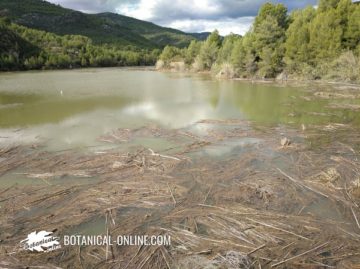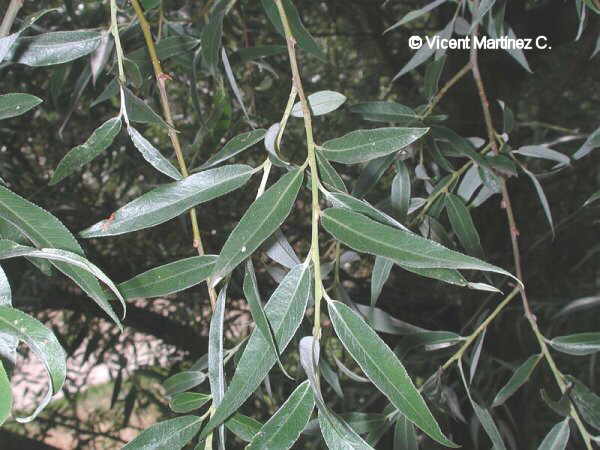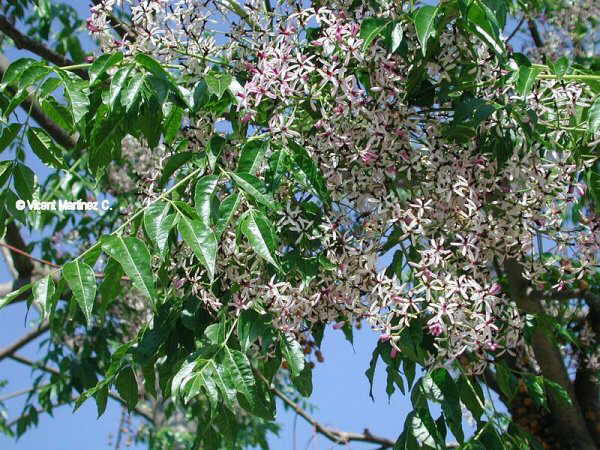Contents
Contaminated waters
How is water contaminated? Causes of water pollution
Although tap water is classified as water suitable for human consumption, it actually contains many elements harmful to health, which do not produce instant death but hurt the body and, ultimately, in the opinion of many experts, are responsible for the occurrence of many degenerative diseases such as cancer, heart diseases, intestine diseases, etc. Water is contaminated primarily for the following reasons:

- Industrial pollution: It is produced by industries discharges made directly into rivers or the atmosphere through the fumes expelled by industrial chimneys . The air ejected particles are deposited with rain on the ground and seep into the underground aquifers, polluting the waters.
- Crop and livestock pollution: It is produced by treating the products with herbicides and chemical fertilizers. These products are incorporated into ground filtering into groundwater.
Livestock operations are also responsible for water pollution, mainly by the production of large quantities of organic waste in the form of purines that produce the pollution of aquifers - Domestic or urban pollution: It is produced by households by pouring down the drain a large amount of organic and inorganic waste. Among all, plastics, glass, toilet paper, remnants of furniture or appliances or bacteria-rich faeces can be present. These are voluntary discharges that are filtered through water treatment plants. To these, we must add those that occur in an accidental breakage or leaks in pipes, seeping directly into the ground. One should not forget other forms of pollution such as uncontrolled dumping of motor oil, highly pollutant, brake fluids, brake lining discs, etc.
Domestic pollution is mixed with that one produced by cars in cities and highways. These smoke smoke emissions are deposited by rain, together with other with industrial emissions. Altogether forming what is known as acid rain. - Marine pollution: Sea water with high salt content, is responsible for the contamination of aquifers near the coast by salinization. When aquifers are exploited too much, water level descends making it easier to penetrate sea water into fresh water, causing a loss of the qualities of water by adding salts. The relevant drought in today’s world, the over exploitation of groundwater for irrigated agriculture, the water supply to large cities, the increasing water demands abundant recreational activities (golf, water parks, etc) are among others, the main causes of salinization of groundwater near the sea.
Main water polluting agents
Polluting agents that can be taken into account to a greater or lesser degree include:
- Heavy metals (mercury, arsenic, lead, zinc, etc) Health of the bones and blood, cancer.
- Remains of detergents: toxic and carcinogenic
- Remains of insecticides, toxic and carcinogenic.
- Sex hormones, which can reduce fertility.
What are the main chemical polluting agents?
- Nitrates: Nitrates are one of the major problems of water pollution. Most of the nitrates come from fertilizer. These seep into aquifers and contaminate water. When we drink water contaminated with nitrates, these are converted into nitrites by the action of intestinal bacteria. They are also responsible for the appearance of nitrosamines, which are awarded the development of gastric tumors (More information about nitrates in food)
- Arsenic: arsenic dissolved in drinking water is one of the most serious problems of water pollution in some communities. Arsenic can come from the dissolution of gold-rich rocks, but in most cases and especially in industrialized countries they come from industry discharges into rivers. (More information about arsenic in water)
- Mercury: Mercury is a very polluting. Industrial has been a widely used and appeared in the composition of caustic soda, and in many measuring instruments (barometers, thermometers, etc.), electricity or dental amalgam. This was a large spill of mercury in the environment. Currently its use is much more limited in many countries. (More information about mercury in food)
- Aluminum: it comes from the processing of settling of suspended solids in river water. Although not proven, some experts attribute to this metal the development of Alzheimer.
- Copper: Given the characteristics of this metal (malleable, ductile, slightly corrosive) is widely used in industry (electrical wiring, a component of many machine parts, kitchen utensils, manufacture of insecticides, paints, fertilizers, food additives, colorings, etc.) Oxidation of these elements produces mainly the incorporation of copper into the water. (More information about copper)
- Lead: coming from old pipes. It mainly affects children, reducing their growth. To a greater or lesser extent also affects the elderly, reducing the reproductive capacity and attacking the kidneys. In older houses with lead pipes, water should run for a few minutes in the morning or when it has not been use for long, so as to avoid drinking lead residues.
- Fluoride and chlorine: A wide controversy over the use of these two components in drinking water. There are proponents and opponents of its use.
* Related information: Hydrotherapy
![]() More information on water.
More information on water.








